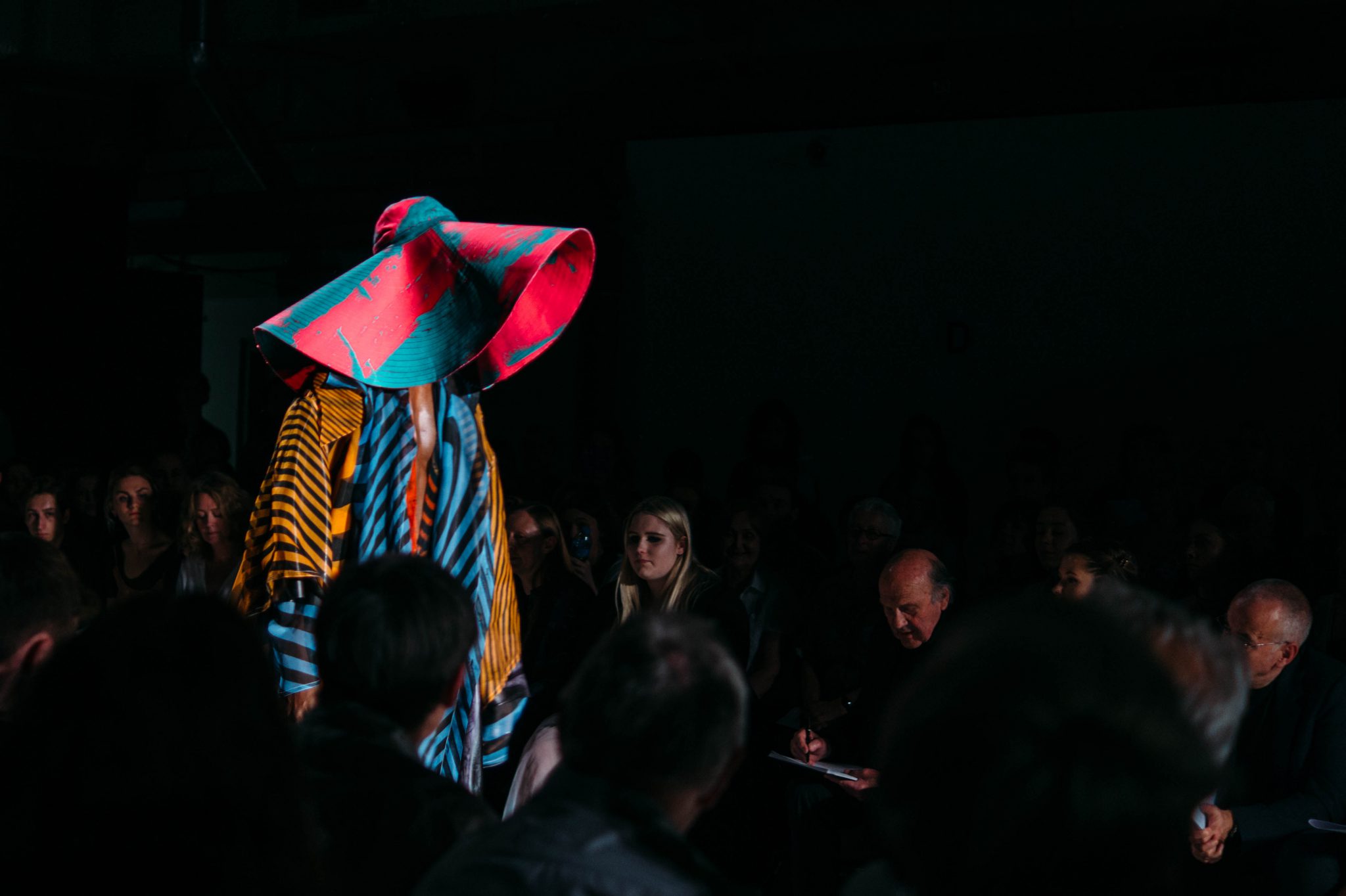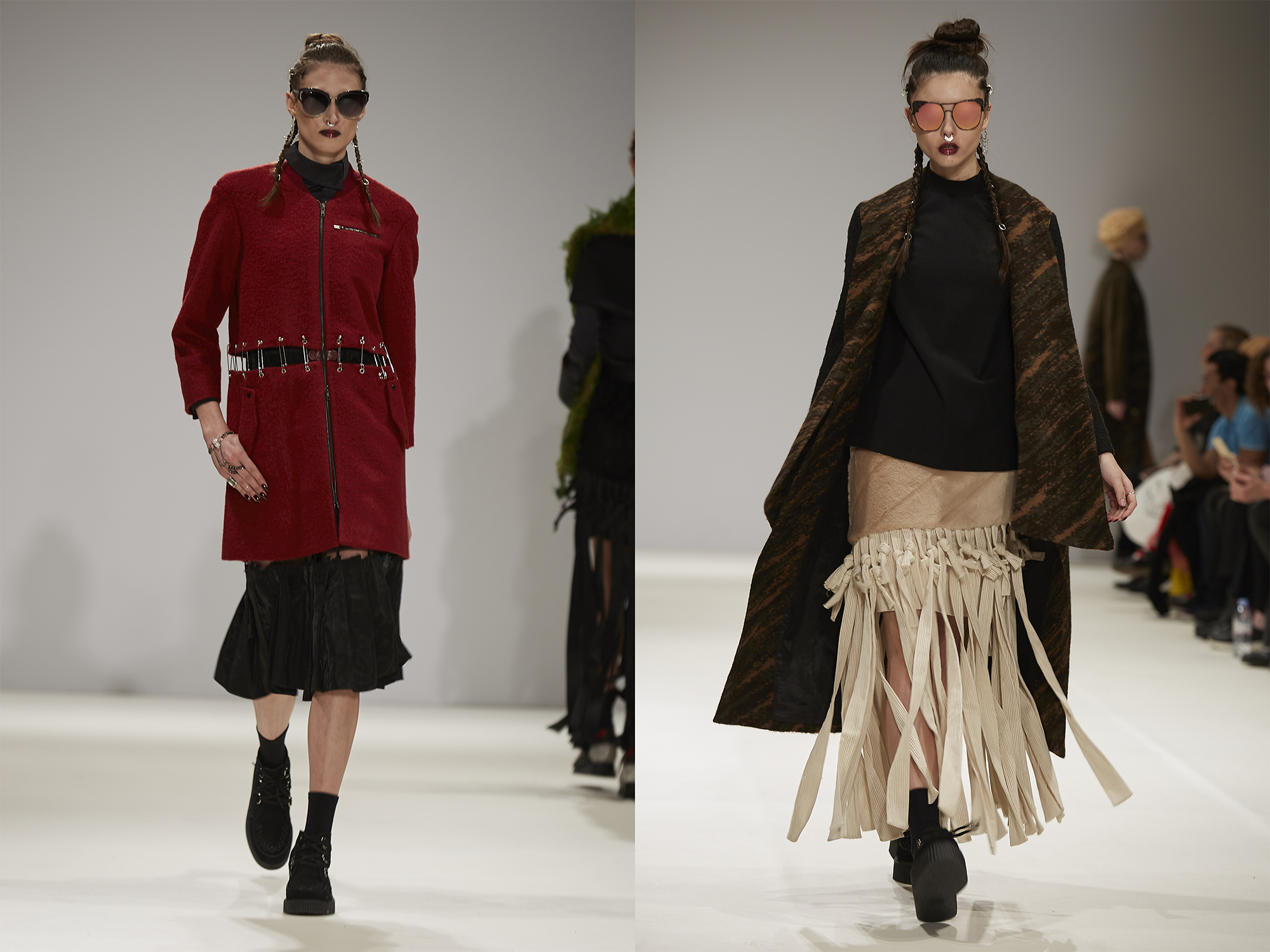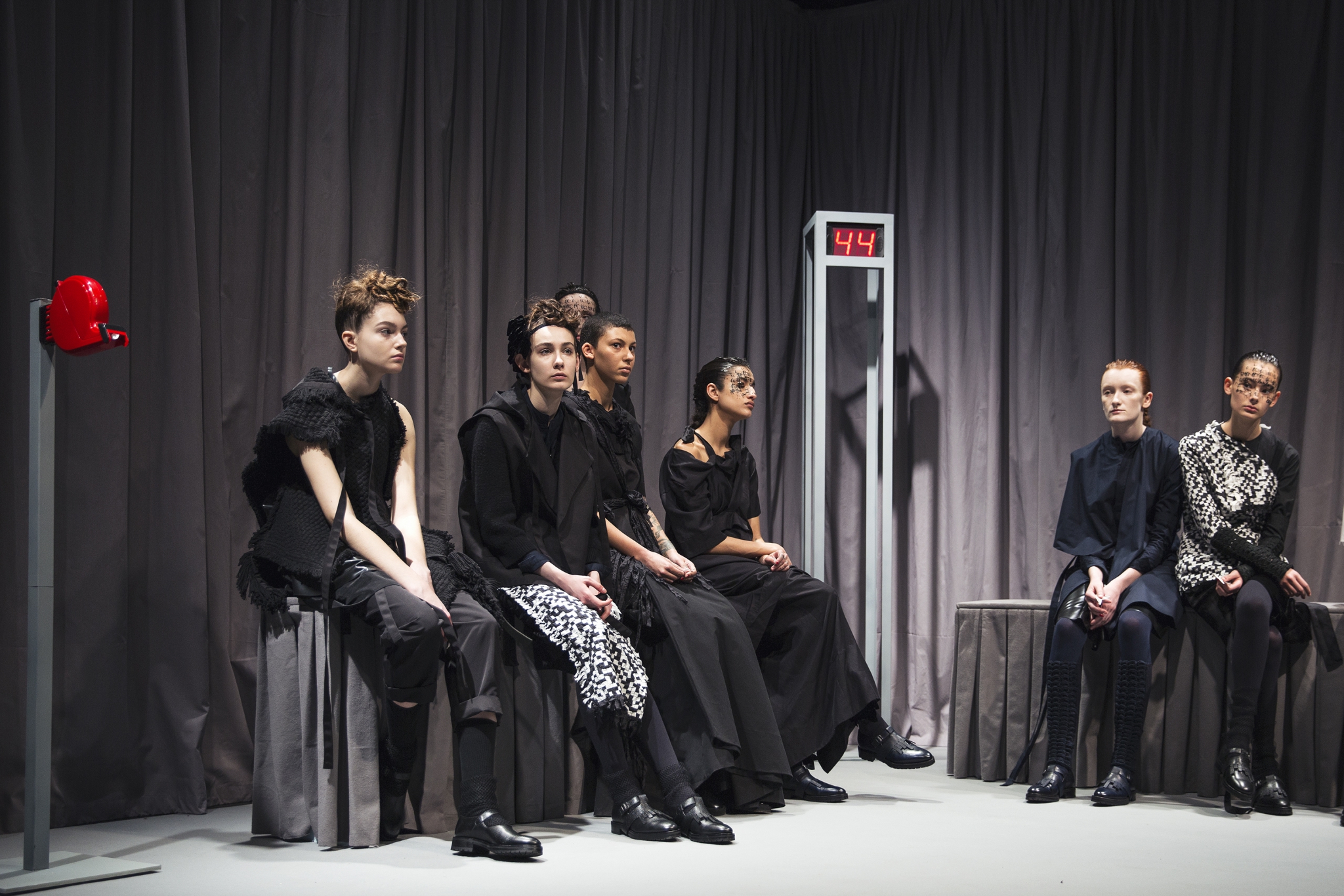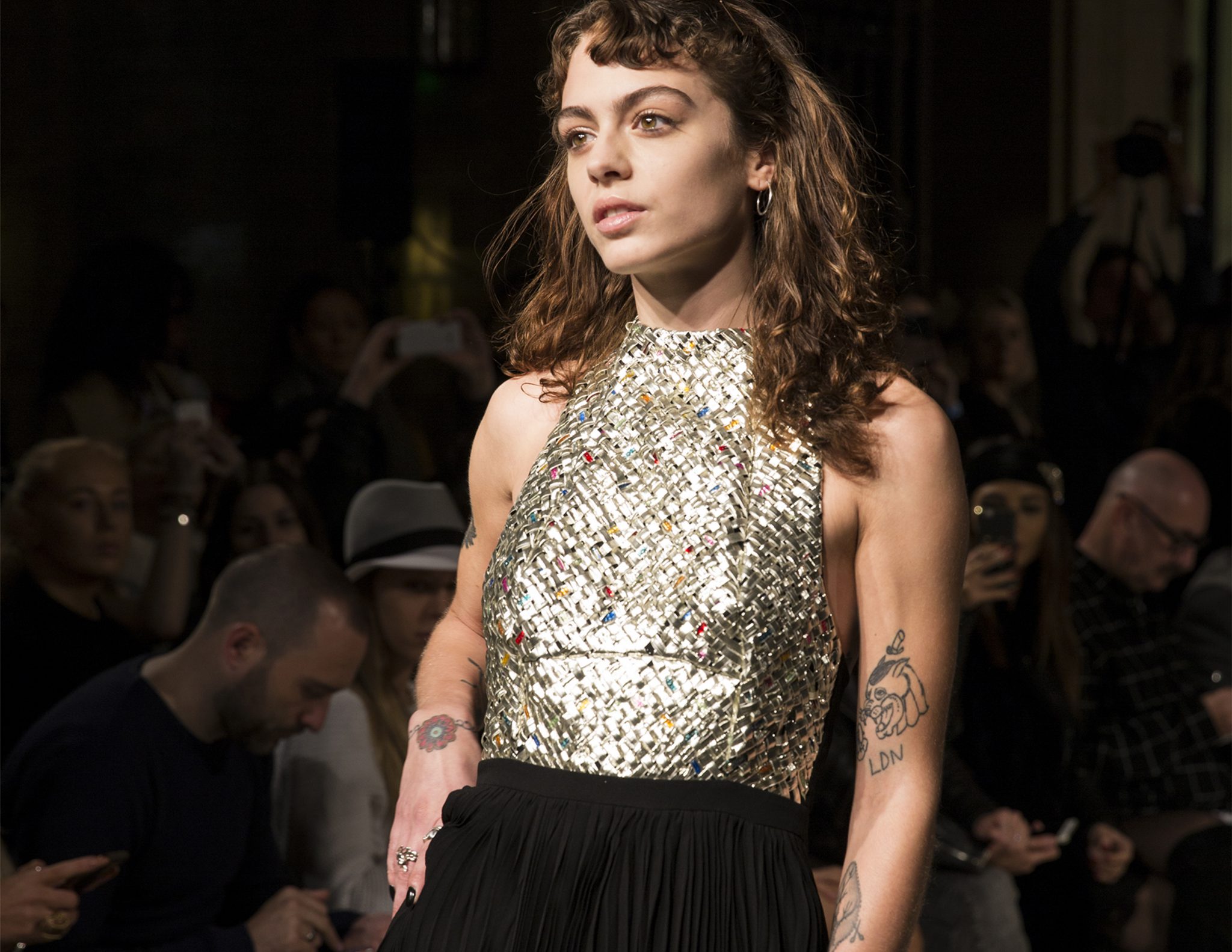Amalia Ulman grabbed public and critical attention in 2014 with her Instagram art series ‘Excellences and Perfections’, a funny and perceptive take on the nature of womanhood in the 21st Century. Ulman’s work goes beyond satire and raises questions about how the modern world has impacted art theory, and vice versa.
In ‘Excellences and Perfections’ Ulman took a series of photos of herself over several months emulating lifestyles commonly seen on social media.
The work is a mixture of selfies, photos of expensive flowers, brunches, emotionally wrought breakdowns, her breast enlargement and subsequent recovery photos of juice, yoga and avocados on toast. Most Instagram users are familiar with seeing such images, but unknown to her followers Ulman’s images were all scripted and fake.
Ulman had constructed her online identity and taken her character on an emotional journey, fooling her Instagram followers into investing in her image. For an audience of millennials her character became easy to invest in as her activities reflected an aesthetic and moral that is recognisable in everyday online life.
Ahhhhh received this new cloths today!! Should stop online shopping~~credit card’s tremblin
A photo posted by Amalia’s Instagram (@amaliaulman) on
A photo posted by Amalia’s Instagram (@amaliaulman) on
Make it a lifestyle #foodporn #good #fat #training
A photo posted by Amalia’s Instagram (@amaliaulman) on
Traditionally portraiture was a time consuming process that depicted a particular view of the world according to the painter; objects and colours could be altered to adjust the scene to the painter’s interest. The introduction of photography in the early 19th century altered this relationship as the camera captures the reality before it and can do so quickly, allowing multiple images of differing viewpoints to be created in a short space of time. The influence of social media has turned the camera toward the self and programs such as Instagram provide a platform to build a shrine to images that can place ourselves at the centre of the world. Ulman’s work is both fascinating and terrifying because she exposes remarkable layers of hyper reality. Ulman demonstrates the ability to not only place herself in the public eye, but to construct a false identity for an audience whom she has never met.
However, her images bear a double-edged sword. Portraits and self- portraits confine influence to what is intrinsic to the person, and this is reflected in the way we view them. Typically women have been placed within portraits as objects to be pleasurably viewed, whereas men, who typically held the position of the artist emanate power and influence. By tricking the audience into believing in her fake character, it can be argued that Ulman has given herself agency thus subverting the typical relationship of women as mute objects. Interestingly, the reaction’s her images received when her audience believed she was authentic confirms that the female form is still in a cage constructed by the surveying gaze.
Meditating before a long day of work #thankful #gratitude #grateful #namaste #healthy
A photo posted by Amalia’s Instagram (@amaliaulman) on
A photo posted by Amalia’s Instagram (@amaliaulman) on
#got #em #cakes dun care bout all ur negativity #itsjustdifferent less nervous today…. countdown
A photo posted by Amalia’s Instagram (@amaliaulman) on
Ulman’s work is a sharp reminder of the relevance of modern artistic theory, particularly those of how we view women, brought up to date through a medium that has insinuated itself into everyday life.
Words by Harriet Halsey



